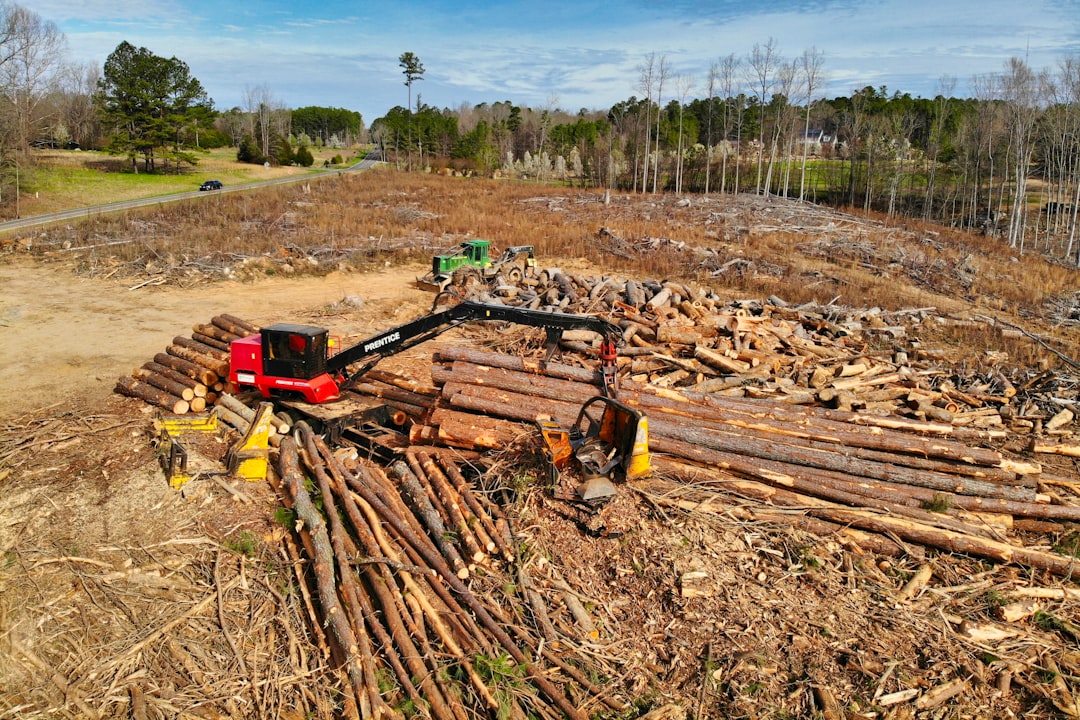
Create an Account
Create an account for powerful AI tools, award-winning courses, and access to our vibrant community.
Already have an account?
A look inside an alternative method of fossil fuel usage.
For years, humanity has heavily relied on the usage of fossil fuels, in fact, 81 percent of the total energy used in the U.S. is extracted from oil, coal, and natural gas. This energy is being utilized to heat and provide electricity to run homes, businesses, cars, and factories.
Unfortunately, the excessive use of the Earth's natural resources is leaving us at risk of depletion of these necessities and poses a threat to all life and our human existence. With measurable harm to planet Earth, Scientists have begun searching for new solutions to fossil fuel problems in order to sustain human life.
One alternative that is being studied and considered is the mining and usage of mineral carbonation. Although anything may seem better when compared to fossil fuels and their harmful impact, mineral carbonation is not a solution and has proven to be time-consuming, expensive, and causes harm to our soil, air, and water.

Land Clearing and Harm to Soil
With fossil fuels contributing to low-quality soil and erosion, mineral carbonation, and mining do not seem to be beneficial. The material required involves displacing millions of tonnes of rock, earth, and soil which escalates the potential for sedimentation, erosion, and loss of habitat.
In the event that this method is used, there would be an increased need for land rehabilitation. This would involve the reshaping of landform due to the volume of tailing which would be larger than the mined rock and in this sense, this method would be unsustainable.

The Impact on Air and Water
This can have serious consequences for aquatic life and drinking water sources. Moreover, mining dust can also pose serious health risks for humans, particularly those living in close proximity to the mining sites. Dust particles can cause respiratory problems as well. In addition, excessive dust can reduce visibility, particularly in areas where mining operations are close to roads and highways.
The Impact on Time and Money
A final note on mineral carbonation and mining
In summary,
National Geographic Society, (2023) Fossil Fuels, https://education.nationalgeographic.org/resource/fossil-fuels/
Silicate Production and Availability for Mineral Carbonation
P. Renforth, C.-L. Washbourne, J. Taylder, and D. A. C. Manning
Environmental Science & Technology 2011 45 (6), 2035-2041
DOI: 10.1021/es103241w
Mazzotti, Marco, (N/A) Mineral carbonation and industrial uses of carbon dioxide, https://archive.ipcc.ch/pdf/special-reports/srccs/srccs_chapter7.pdf
Bertrand, Savannah (2021) Fact Sheet Climate, Environmental, and Health Impacts of Fossil Fuels, https://www.eesi.org/papers/view/fact-sheet-climate-environmental-and-health-impacts-of-fossil-fuels-2021
Denchak, Melissa, (2022) Fossil Fuels: The Dirty Facts, https://www.nrdc.org/stories/fossil-fuels-dirty-facts#sec-whatis
What is Renewable Energy? , (N/A) What is Renewable Energy? https://www.un.org/en/climatechange/what-is-renewable-energy
Mining(N/A)Mining, https://www.biologicaldiversity.org/programs/public_lands/mining/#:~:text=And%20here%20are%20just%20a,copper%2C%20and%20zinc%20from%20rocks.
Want to have Tia 's latest posts delivered to your inbox?
Share Post